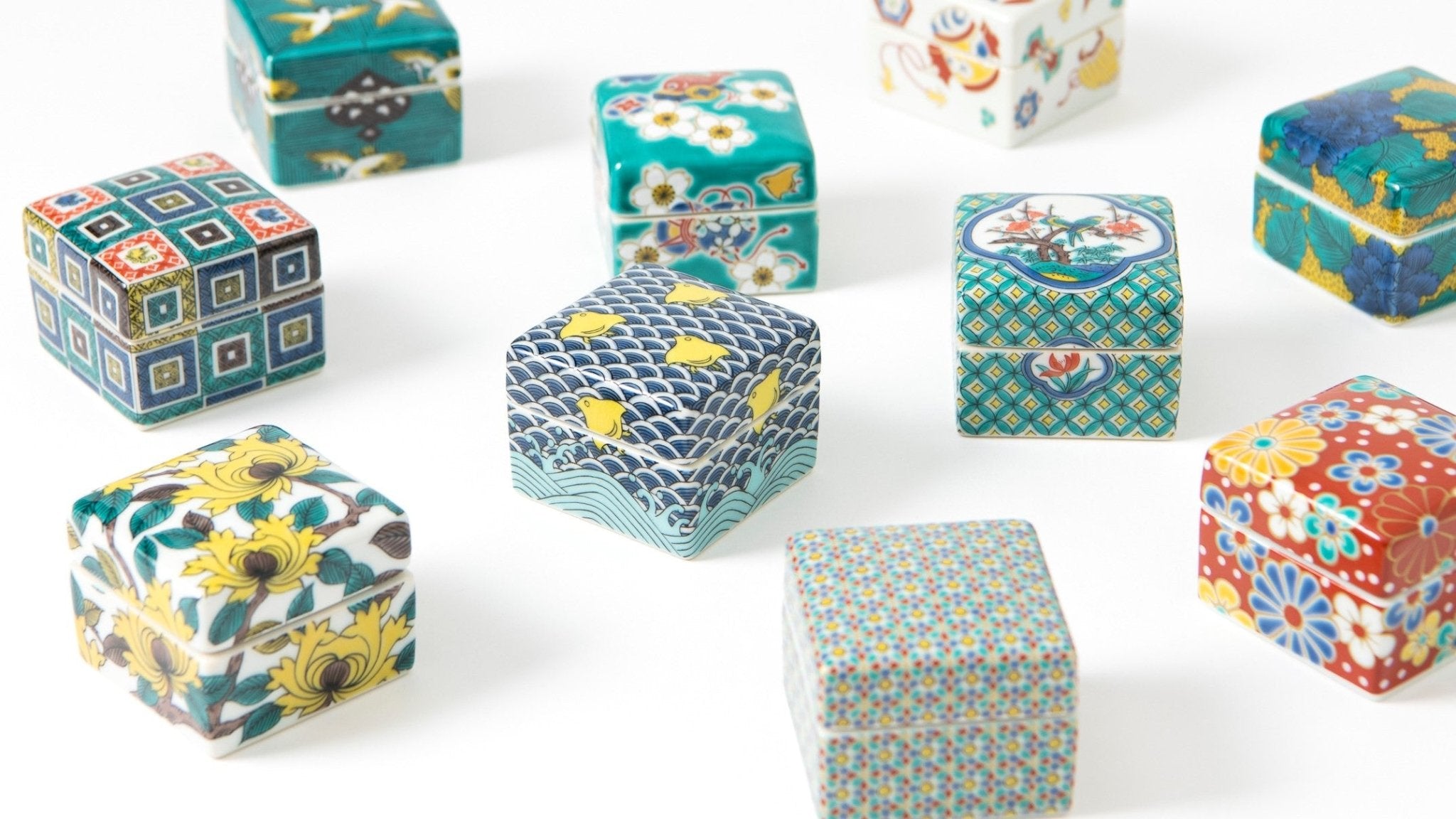
8 Traditional Japanese Patterns and Their Origins
Written by Team MUSUBI
Traditional Japanese patterns have long been a part of Japanese life and have been used in kimonos, crafts, and other personal belongings. Tableware is no exception.
Each pattern has a long history, is believed to bring good luck, and has a minimalist design that will never become old-fashioned.
Knowing the significance of each pattern will deepen your sense of choosing tableware, and will also give you a hint for selecting a gift.
tables of contents
"Asanoha" Hemp Leaf Pattern

A symbol of the baby's growth and vitality
This pattern is designed in the form of hemp leaves. The pattern of hemp, a grass that grows quickly and straight, expresses the wish for the health and growth of babies. In Japan, hemp has also been used as a sacred plant in Shinto rituals since ancient times.
The pattern also ideal for baby shower gifts and suitable for children's tableware. It would also be suitable as a gift to celebrate a safe delivery. However, regardless of its meaning, the minimalistic and contemporary pattern is also popular as a home decor pattern.
"Karakusa" Arabesque Pattern

Wish for longevity and prosperity
The arabesque pattern was introduced to Japan across the Silk Road and is known as a pattern that has existed since ancient times in Egypt, Mesopotamia, and Greece. Because of its continuous vines, the arabesque pattern has been popular in Japan as a symbol of longevity and prosperity.
While the hemp leaf pattern is used to wish for the growth of babies, the arabesque pattern is recommended to pray for the health of seniors. It can also be used to wish for the continuation of business.
And this pattern is particularly traditional and popular as a Furoshiki pattern.
"Seigaiha" Ocean Waves Pattern

Designed of an endless peaceful ocean
This pattern is also believed to have been introduced to Japan from the continent in ancient times. The pattern of concentric circles fanned out in a fan shape is reminiscent of the gentle waves of the ocean, and is used as a symbol of uninterrupted peace.
The pattern is widely used in Japanese culture, including kimono and crafts, and is appropriate for any situation.
"Shippou" Interlocking Circles Pattern

Pattern of precious treasures
It is a pattern of circles piled on each other and connected, and it continues endlessly in any direction, imitating a luminous treasure. "Sippou" is meaning "seven treasures" in the Japanese Buddhist scriptures, and means something very precious.
This pattern, which means "full of treasure," is suitable for all kinds of celebration gifts, especially for housewarming and wedding gifts.
"Ichimatsu" Check Pattern

Prayers for continuous success
Since the pattern consists of an endless series of squares of different colors, it is often used to express a wish for continued success, such as business expansion.
In recent years, this pattern has been adopted as the emblem of the Tokyo Olympics as expressing "diversity".
This pattern is simple and familiar, so it can be easily matched to any scene in daily life. It is also a suitable pattern for a celebration of the opening of a new business, and can be used to express the good fortune of international business.
"Tokusa" Horsetail Pattern

A pattern that calls for wealth
Tokusa – Horsetail is a plant with a hard, rough, straight stem that has long been used as sandpaper for finishing crafts.
When gold is polished with horsetail, it shines brightly, making it a symbol of fortune, and the horsetail pattern is popularly known as a pattern that signifies wealth.
It is a simple and timeless pattern of vertical stripes, and is often seen as a pattern on Japanese style plates and bowls. The pattern, which symbolizes wealthy life, would be perfect for tableware for daily use in the home.
"Kacho" Flower & Bird Pattern

Bringing in the beauty of the four seasons
Flower and bird pattern is a very elegant motif combining plants, flowers, and birds, and is popular as a pattern for kimono and other textiles as well as for maki-e lacquerware.
It is expressed by combining plants and birds that are respectively Japanese and auspicious, such as pine, bamboo, plum, with cranes, peacocks, and Japanese nightingale.
The pretty and beautiful flower and bird patterns are impressive, and would make a great gift for someone special. You can express your good taste even more by choosing a combination of flowers and birds appropriate to the season.
"Kikka" Chrysanthemum Pattern

Noble and a flower that repels evil
The chrysanthemum is such an important flower in Japan that it has become a motif of the imperial family and is a symbol of nobility. It is also said to be the flower that dispels evil spirits.
Traditionally in Japan, people drink sake with chrysanthemum flowers floating on it in September to pray for good health.
It is an appropriate motif as a gift for a respected person, wishing the recipient good health.
"Marumon" Circle Pattern

The pattern symbolizes eternity
Marumon is a circle pattern. Unlike polka dots, the design is often drawn within a circle. In Japanese, the word "maru" signifies a circle or round, a never-ending figure without end or beginning, symbolizing eternity. Marumon pattern also looks like the scenery seen beyond the frame.
The designs within the circle can vary, so it is fun just to see what is drawn inside. A circle pattern is also one of the most popular patterns for bridal dresses, as the word circle in Japanese phonetically means relationship.
Inspiration for Selecting Tableware
Of course, it is also enough just to say that you like the pattern on your first impression.
Whether you are looking for tableware that is uniquely Japanese, love history and tradition, or want to add meaning to celebrations and other occasions, there are many ways to enjoy Japanese patterned tableware. Please take a look at this article and choose your favorite pattern.




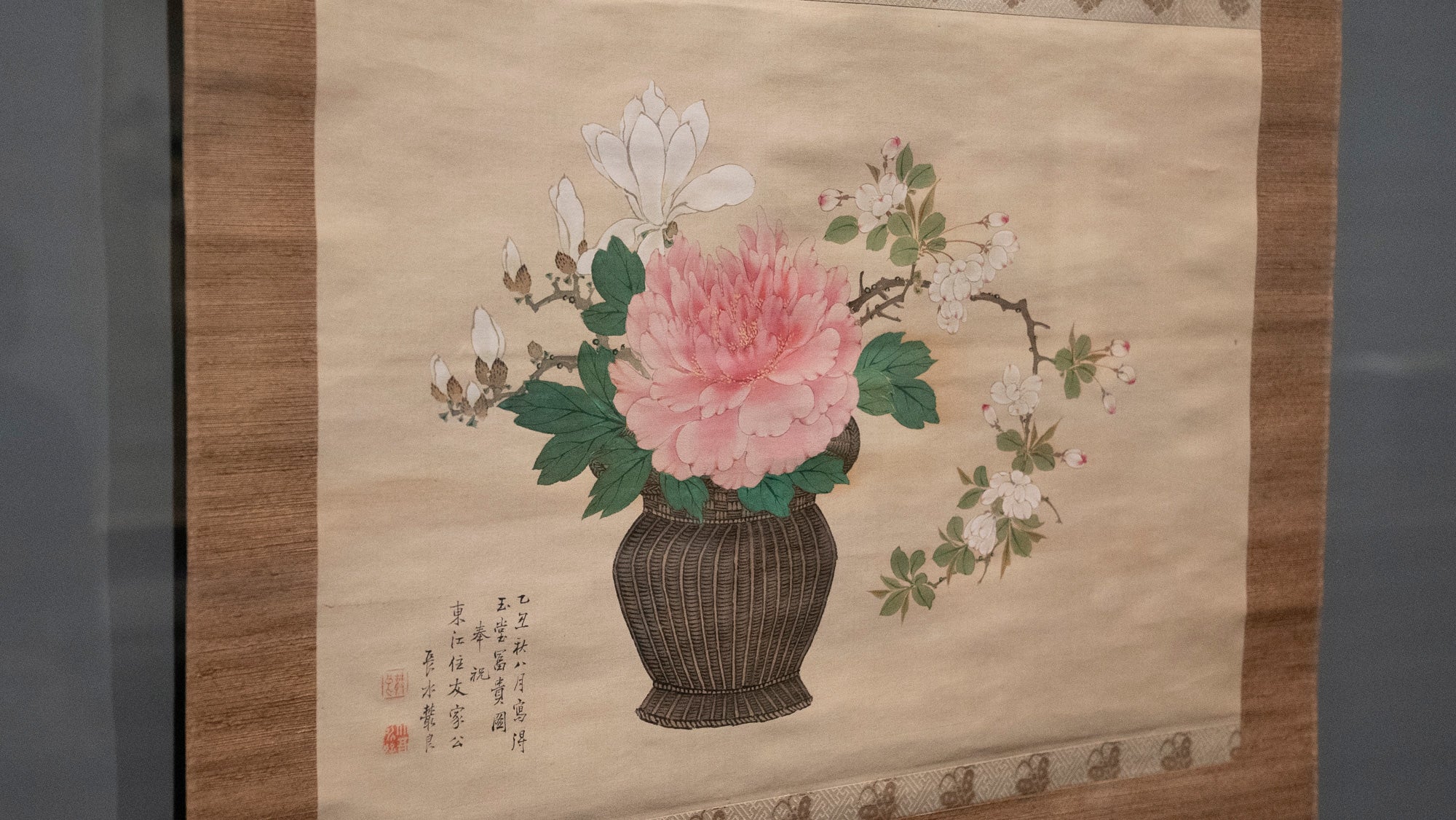
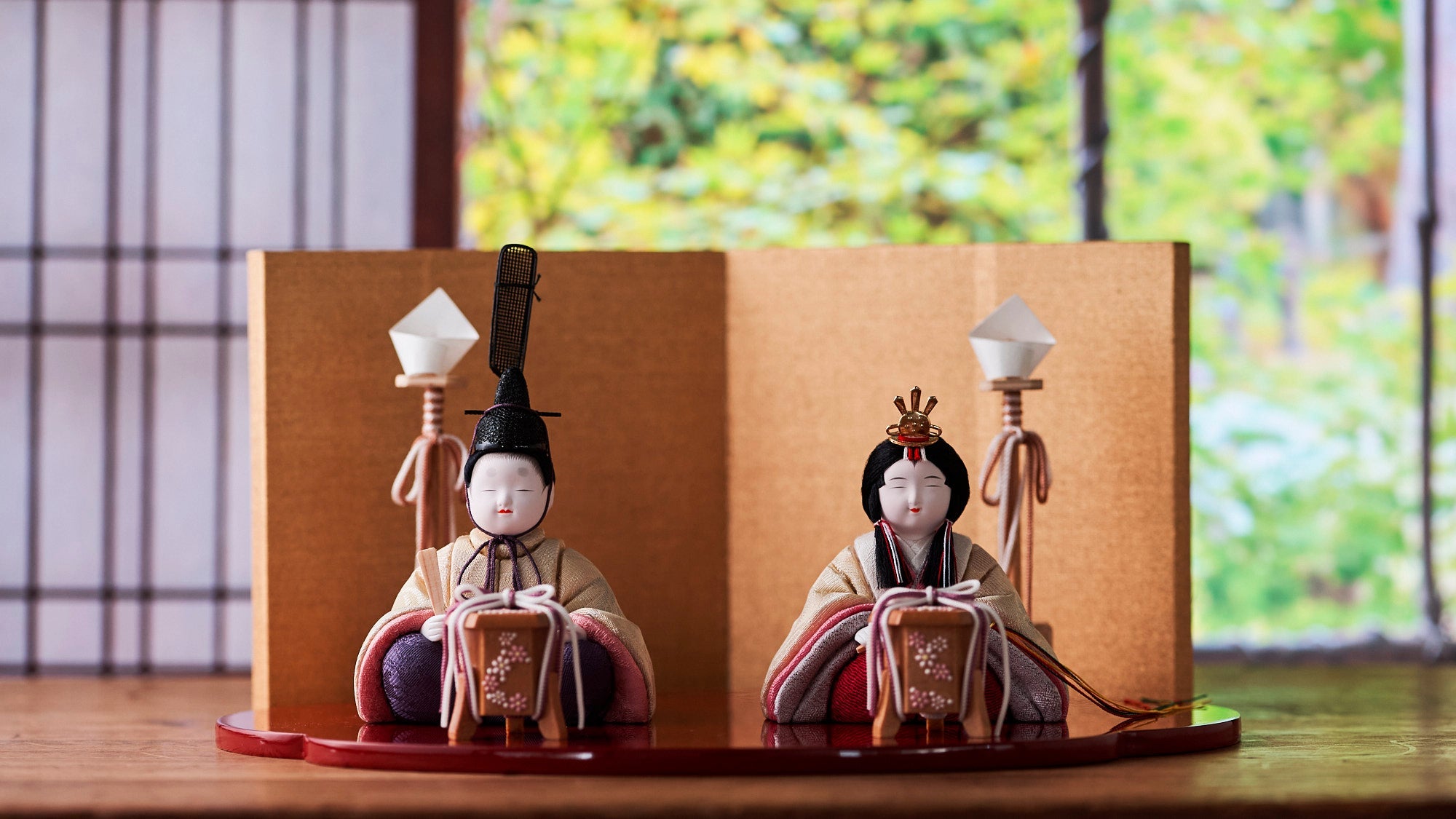
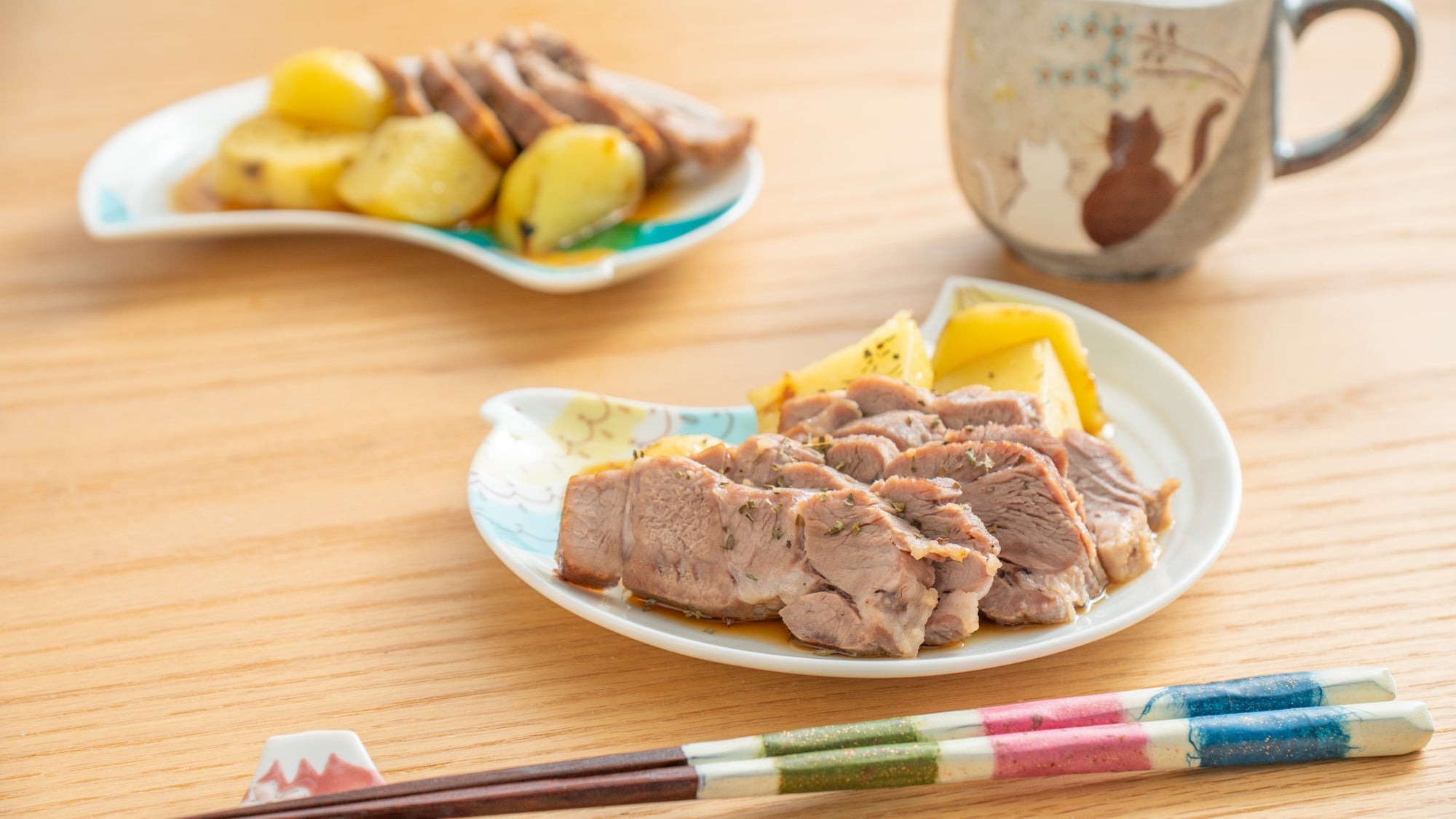
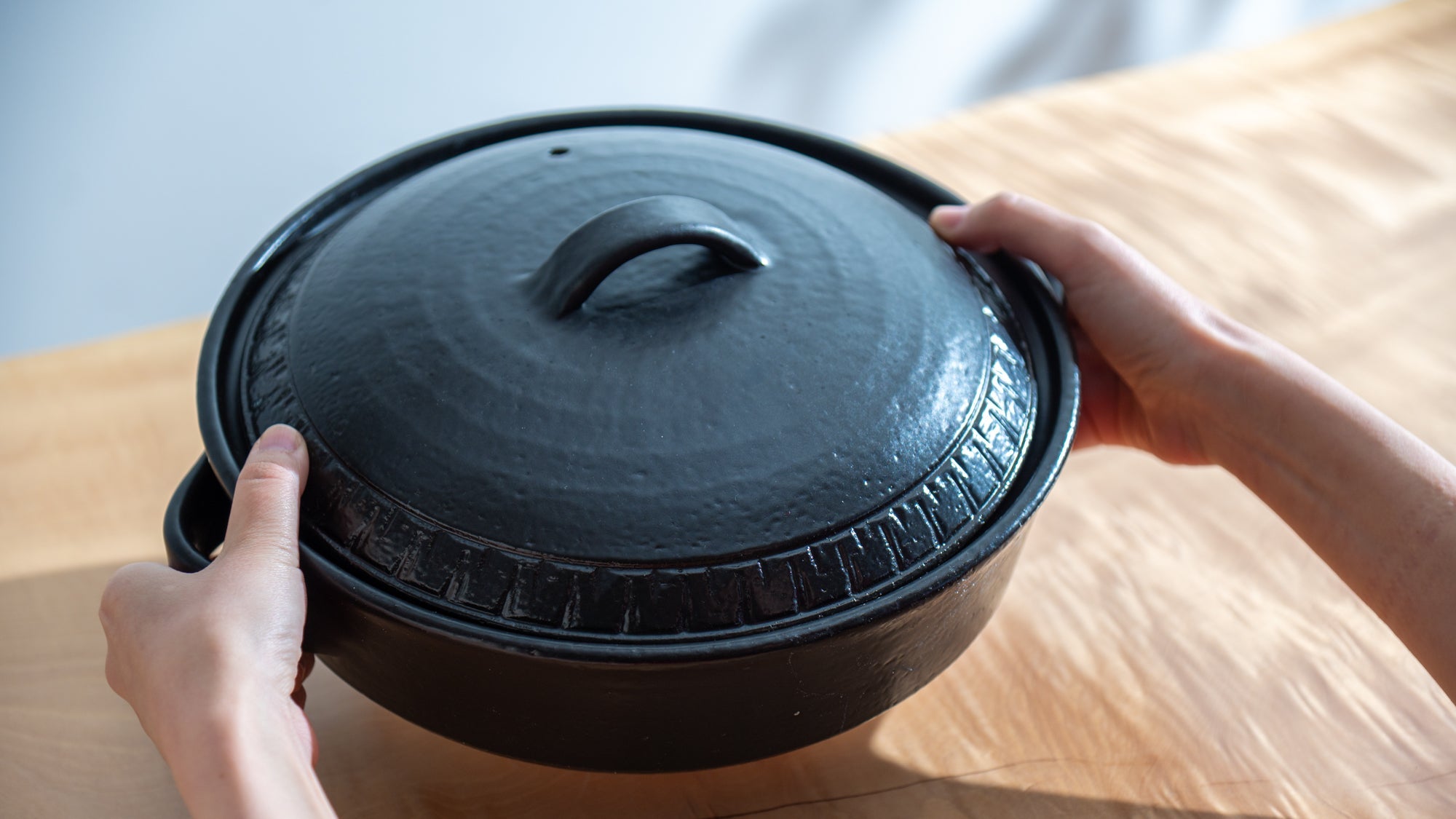
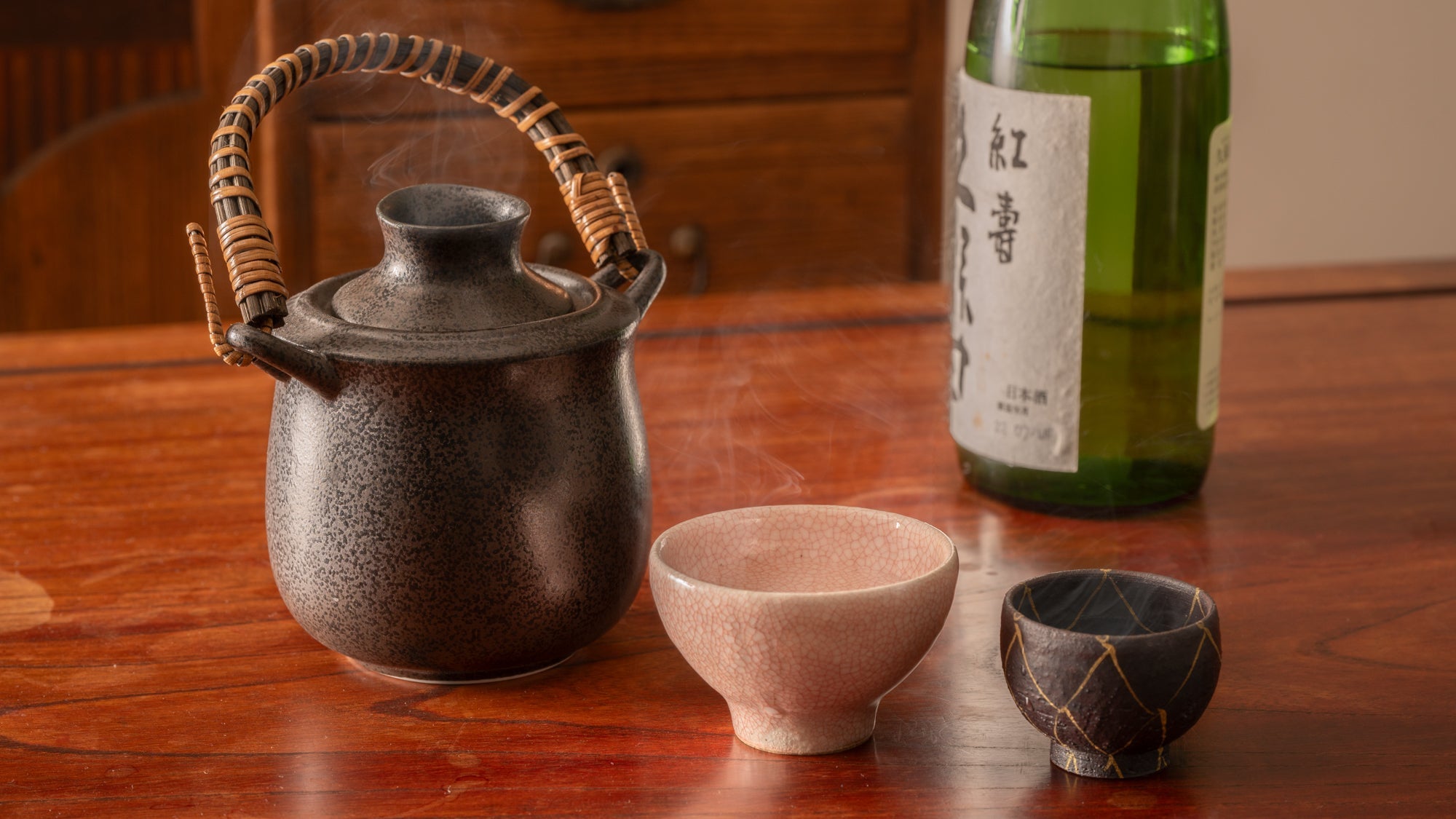
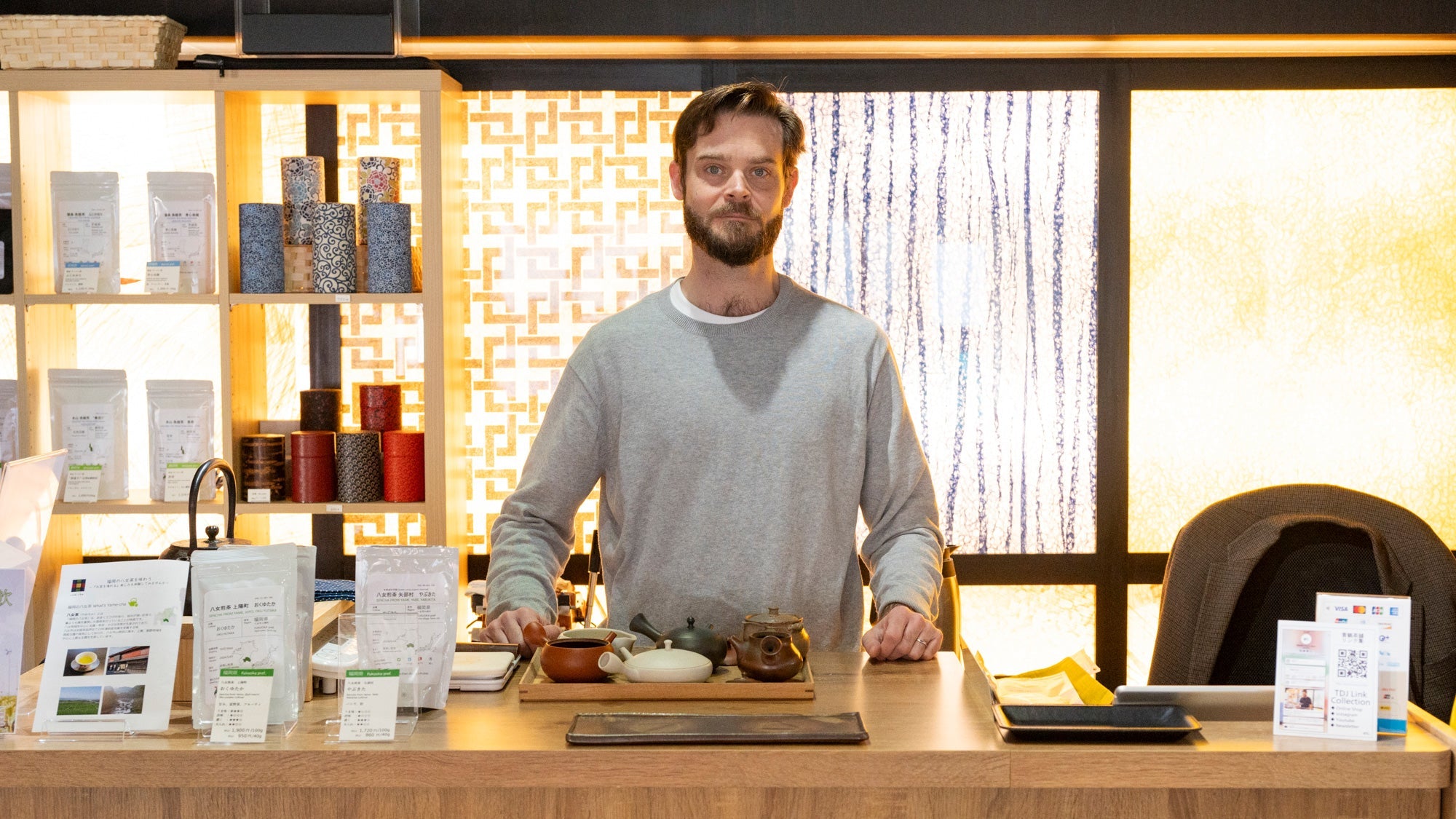
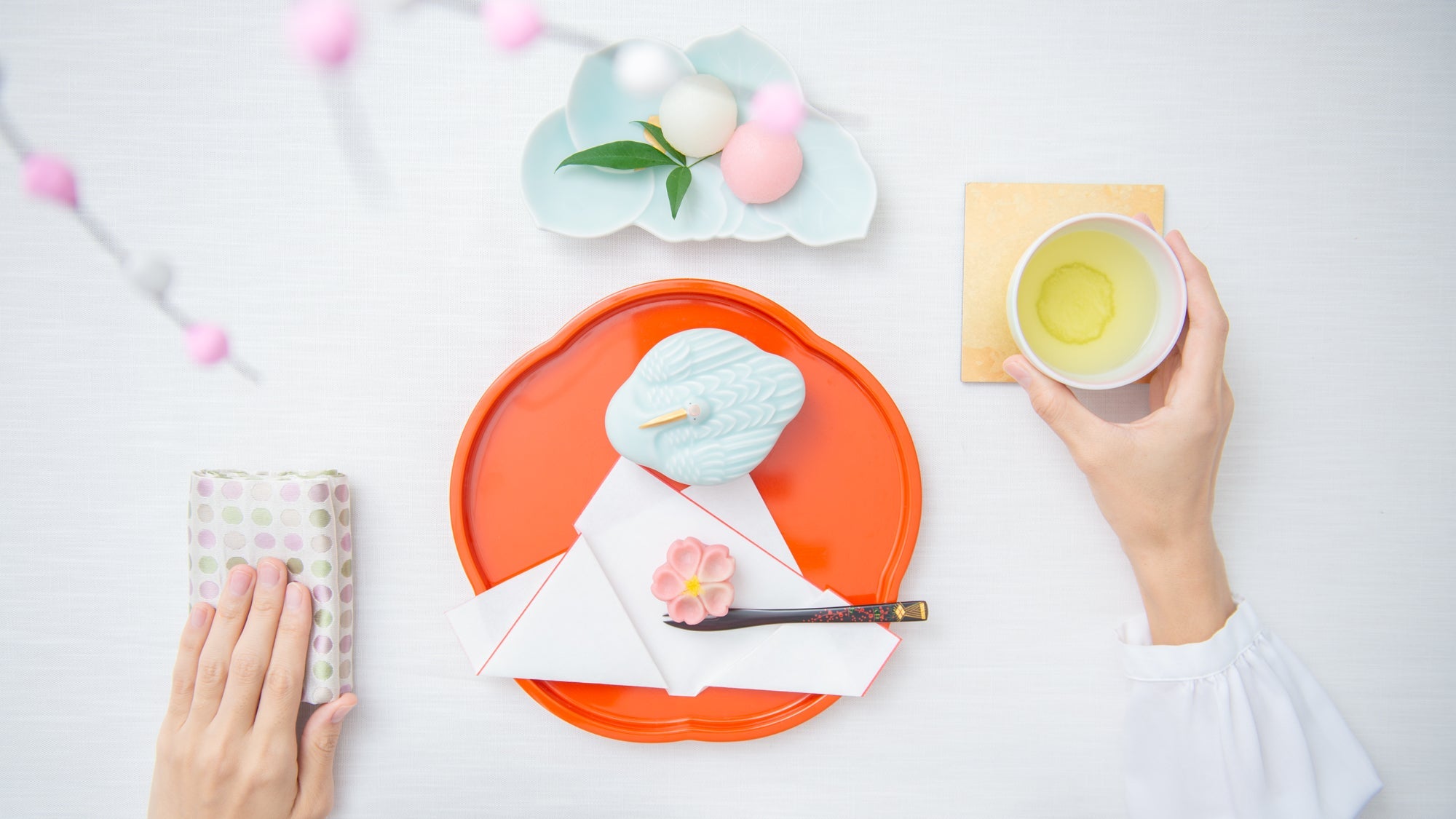
Leave a comment
This site is protected by hCaptcha and the hCaptcha Privacy Policy and Terms of Service apply.